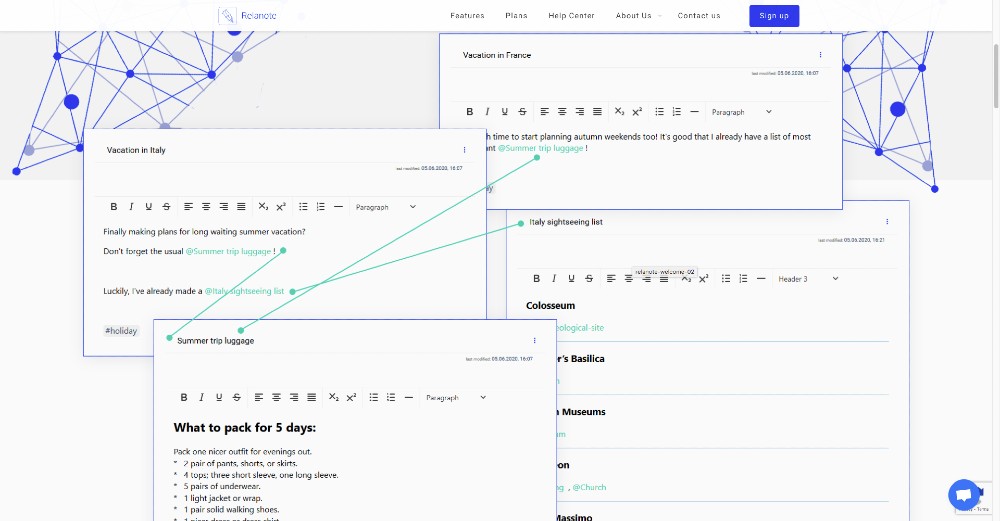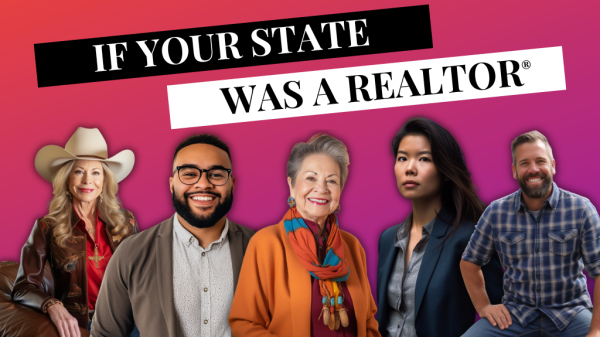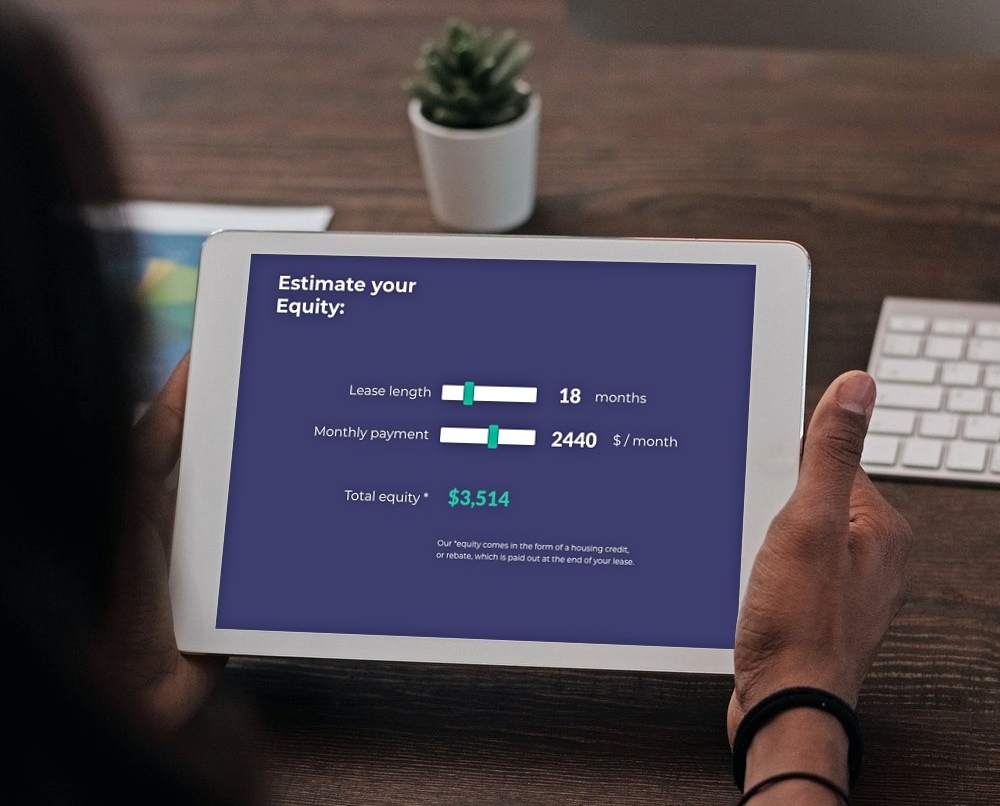In our industry we make a big deal about having the “best data” but, as has been proven over the past few years by a number of websites and apps, consumers value something even more: a great user experience. Nonetheless, the typical user experience in our industry is awful. This gets pointed out in articles now and then, but rarely is there specific discussion about how to improve it.
That’s why Clareity Consulting suggests budgeting for user experience experts in its software evaluation engagements, and clients are increasingly taking heed. This is also why we invited Yossi Langer, a user experience expert from Iteration Group, to speak at our annual MLS Executive Workshop in 2015. There we looked specifically at common failures in creating great user experience in real estate search, why these failures happens, and what can be done about them. At the Workshop, we reviewed concrete UX examples but here, in this public forum, we’ll have to make do with generalized examples.
UX is NOT about how things look
First and foremost, it’s important to understand that software user experience (UX) is not just about creating a nice “look and feel.” Certainly a poor graphic design can negatively affect the user’s emotional response, and that’s one aspect of UX. But UX is about a lot more than that. It’s also about utility and ease of use, user preferences and perceptions. Put another way, it’s about efficiency, effectiveness and subjective satisfaction.
A good UX designer has a user-centric process, evaluating how successful a design is in meeting all of these goals, as they relate to the business objectives of the company creating the software. UX design is all about continually measuring success and trying to improve on design. When software provides a great UX, it helps create the raving fans who create brand loyalty and reach.
There are some common mistakes that real estate search websites and apps make:
1. Making it too easy to over-constrain the search. When a search presents users with too many fields, it makes the search process seem complicated and makes it too easy for the user to end up with too few results, or no results at all. Instead, the most effective sites present users with a simple search form and then let them narrow their results on the results page.
2. Giving users too many choices for next steps. The interfaces are often too crowded, especially for applications that are trying to be a “Swiss army knife” or have lots of advertisements. This results in user confusion and decreases the efficient use of the application. It’s important to know what the most important thing is on each page, and what users are most likely to want to click, to provide large, obvious links and actions and not to waste precious page-space on items that don’t take the user down the critical path.
3. Showing every piece of information you have, just because you have it. This is very common in MLS, IDX, and VOW displays, where there’s a lot of information that can be displayed. Even if you think it’s important to show everything, it’s important to highlight the listing content that is actually important to different users. For buyers, for example, that will be price, pictures, beds, baths, size, and location.
4. Not focusing enough on mobile. Mobile is important now for almost all users, and that will only increase. Make your mobile web experience as thoughtful and robust as your “desktop” experience. The best way to support this is usually by creating responsive web pages. Apps have their place too. Either way, the mobile experience must offer strong features while respecting the constraints of the mobile platform.
5. Asking for unearned trust. Don’t ask too much of the user before showing them the value of the site or app. Some sites or apps make the user accept location-sharing right away, force users to sign up right away, or make them agree to a big terms-of-use agreement right off the bat. A user’s simply downloading an app or visiting a site does not mean he or she trusts you enough to agree to your requests without your building the relationship first. Ask for permissions as late in the process as you can. Maximize how much a user can do before you ask them for a permission. When possible, explain your need to request information, for example, location sharing, before doing so.
There are various reasons bad UX decisions recur:
1. Design by programmer. Programmers are often closest to the product, but the way they think about the product can make it hard to see it from a user’s perspective.
2. Design by marketer. Marketers have great insight into customer desires, but that’s different from understanding customer’s mindsets when engaged in specific tasks. Also, the “sell-sell-sell” mindset can interfere with creating engaging experiences.
3. Design by CEO/HIPPO (Highest Paid Person’s Opinion). Characteristics like unswerving belief in a vision can make it difficult to understand a skeptical customer’s perspective
4. Not “dogfooding.” Companies don’t use their own products enough to properly “feel the pain.”
5. Indirect access to end-users. The structure of sales in the industry means that people making buying decisions are often a few levels removed from the people who use the software.
How can real estate search be improved?
It is important to evaluate UX with end-users early and often, and develop a plan for UX as early as possible – it’s always less expensive to plan design before software coding has begun. If you are creating a real estate search app, you should involve user-experience-design experts in your design, while relying on industry specialists for industry knowledge. When it comes to creating great software and user experience, the right people at the right time in the process make all the difference.
Matt Cohen has been with Clareity Consulting for over 17 years, consulting for many of the real estate industry’s top Associations, MLSs, franchises, large brokerages and technology companies. Many clients look to Matt for help with system selection and negotiation. Technology providers look to Matt for assistance with product planning, software design, quality assurance, usability, and information security assessments. Matt has spoken at many industry events, has been published as an author in Stefan Swanepoel’s “Trends” report and many other publications, and has been honored by Inman News, being listed as one of the 100 Most Influential Real Estate Leaders.














































